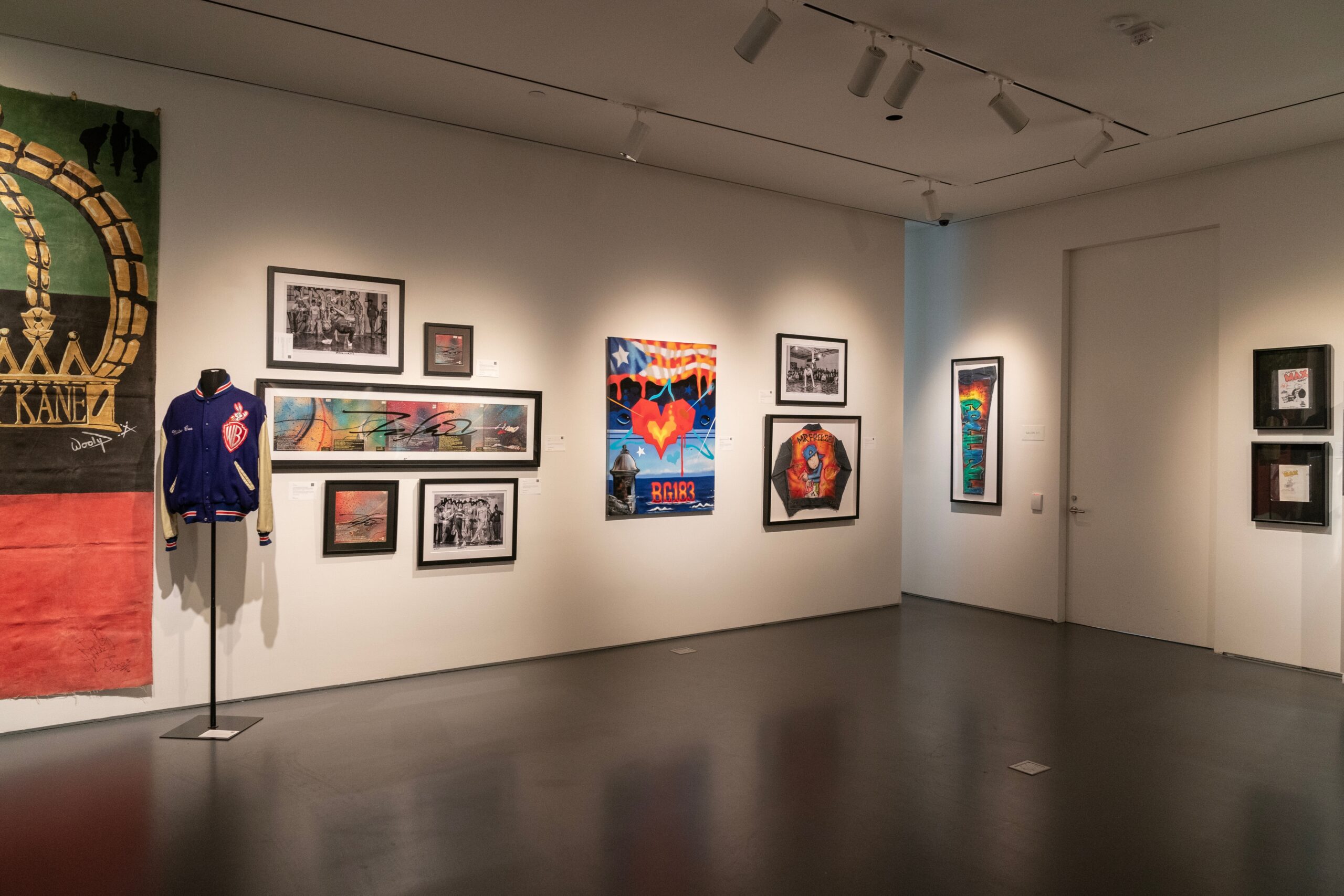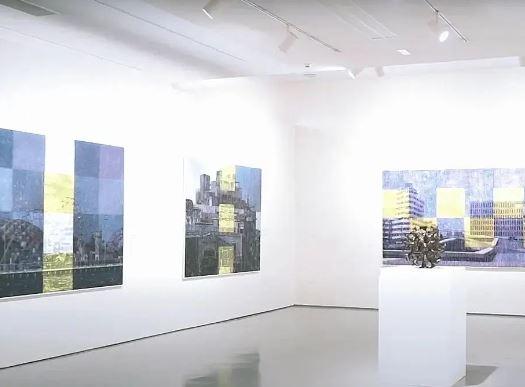Behind the Agnes Martin Market Sotheby’s Record-Making Sale

Despite all the discussions surrounding a potential downturn or adjustment in the market, the recent Autumn sales in New York appear to have provided just what the secondary art market required. Rather than a sudden surge of young, up-and-coming artists cashing in on their work during the pandemic, these sales showcased a steady interest from collectors seeking established and highly-regarded pieces. There is perhaps no better example of this trend than Agnes Martin’s Grey Stone II (1961).
The recent sale by Sotheby’s of Emily Fisher Landau collection included a notable piece by Pablo Picasso, Femme à la montre from 1932 featuring his muse, Marie-Thérèse Walter. However, it was Martin’s artwork that stole the show and dominated conversations over glasses of champagne and white wine before and after the event. Grey Stone II had the strongest bidding of the night and ended up selling for $16 million, which was more than twice its low estimate. After adding buyer’s fees, the final price reached $18.7 million, making Grey Stone II the most expensive Martin piece ever sold at auction. This title was previously held by Untitled #44, which also sold at Sotheby’s last fall for $17.7 million during the Macklowe sale.
In speaking with ARTnews, David Galperin, a senior vice president and head of contemporary art at Sotheby’s, shared his thoughts on Graystone II. He described it as the unicorn of the market, a highly anticipated painting that has been sought after for quite some time. According to Galperin, this piece is significant because it showcases Martin’s early exploration of her signature minimal grid style and is one of only three large-scale works in which she incorporated gold leaf. The remaining two can be found in permanent collections at MoMA and SFMOMA.
The pricing of the work was cleverly done, according to Masha Golovina, Masterworks’ executive VP of acquisitions. She noted that Sotheby’s specialists had noticed a high level of interest in the piece. This is often influenced by the estimated price range. In this case, with a potential sale price between $6 million and $8 million, it certainly sends a clear message to potential bidders in the market.
Martin’s most recent groundbreaking pieces up for auction have consistently had similar estimated prices since May 2016. For instance, Orange Grove (1965) sold for $10.7 million (with fees) at Christie’s postwar and contemporary evening sale, exceeding its estimated value of $6.5 million to $8.5 million. However, despite this trend, both the Macklowe sale in 2021 and the Fisher Landau sale this month featured Agnes Martin paintings that broke her auction record with lower estimates than the evening sale nearly seven years prior.
According to Marc Glimcher, president of Pace Gallery, the art world is questioning the lower markets for female artists such as Martin, Mitchell, and Krasner in comparison to their male counterparts. Pace Gallery is unique in its representation of Martin and their founder Arne Glimcher published a highly regarded text on her life and works, entitled Agnes Martin: Paintings, Writings, Remembrances, in 2012 – eight years after her passing at age 92.
According to Glimcher, Agnes created approximately 450 paintings during her lifetime. However, it is believed that only about 450 of her works remain in existence. In 1960, she found inspiration in the grid and subsequently destroyed all of her previous pieces, despite having been creating art since the 1930s. Out of the surviving works, there are only about 60 grids, and Glimcher estimates that only five may be available for sale in the next ten years.
In addition to their scarcity and aesthetic appeal, Martin’s pieces hold a significant position in the art community. They are highly sought after by both collectors and scholars, and many view her as a source of inspiration similar to Mark Rothko. She embodies a dedication to artistic integrity, rejecting the often overwhelming influence of commercialism and financial gain within the market.
According to Glimcher, Martin’s market has been building up for some time and can be compared to that of Rothko in the early 2000s. In the 90s, purchasing a Rothko at auction would have ranged from $1 million to $3 million. However, over the span of approximately five years, the price consistently increased from $3 million to $6 million.
Glimcher mentioned the auction of Tom Hill’s blue and yellow Rothko, where his 1954 painting No. 6 (Yellow, White, Blue over Yellow on Gray) was sold for a staggering $17.36 million at Sotheby’s in 2004. This piece is currently owned by the collector himself. With an estimated value of only six to eight million, the final selling price shocked everyone in attendance. “We all sat there thinking, ‘Has the world gone mad?’,” Glimcher recalled. He added that now it is nearly impossible to acquire a work on paper for less than $17 million.
The consistent rise of Rothko’s market mirrors the logarithmic shift that Glimcher believes will occur in Martin’s market. Due to the scarcity of Martin’s work, with approximately half held by institutions and no remaining pieces in her estate upon her passing, it is expected that auction prices will continue to increase each year.
According to Anthony Meier, president of the Art Dealers Association of America and a San Francisco-based art dealer, the main problem is that Martin’s work was not as valuable as her male contemporaries. Despite having an audience, her pieces were never traded at high prices. This was evident in the recent Sotheby’s auction, which fetched comparatively lower prices for her artwork, similar to the Christie’s auction in 2016.




